Digic Pictures became known by working on the effects of TERMINATOR 3: RISE OF THE MACHINES. They then conducted numerous cinematic games like ARMIES OF EXIGO, WARHAMMER or DRAGON AGE 2. And of course, the impressive cinematics for the last three ASSASSIN’S CREED.
What is your background?
The history of Digic Pictures goes back to 2001 when the first members of the later animation company joined a video game developer to produce game cinematics and intro movies for computer games. Along the way the team grew and advanced. In 2003 a 3 minute full 3D film created by Digic was the first Hungarian project to ever make it to the prestigious Siggraph Electronic Theater screening in Los Angeles. Right after this success the team was given the opportunity to work along with major special effect studios and create 60 special effect shots for the theatrical blockbuster TERMINATOR 3: RISE OF THE MACHINES. By having done this test-like commission Digic has proved that it’s team of professionally devoted Hungarian talents do have the tools, the technical knowledge, the creativity and the courage to compete with the bests in the international CG world: upon success of the initial 2 SFX shots 58 more followed.
Since then Digic Pictures has grown into a full service studio specializing in 3D computer animation and special effects by the highest international standards. Digic’s highest priority in the making of films is to pay extra attention to finest details. This is reflected in the exceptionally detailed models with textures comprised of several gigabytes per character. In the making of films Digic is leveraging next generation technology to provide entirely new visual experiences for the CG audiences. In the past few years Digic team’s efforts to create outstanding game trailers and intro movies for its clients earned Digic Pictures critical acclaim. Since 2006 Digic has seen six of its submitted works making it into Siggraph Electronic Theater selections. Digic won Siggraph’s prestigious “Best Technical Award” two years in a row (2009-2010) and won Animago’s “Best Post-Production Award” in 2009.
How was the collaboration with Ubisoft?
The “Assassin’s Creed” is an acknowledged brand in the market with an extraordinary reputation worldwide, so it is indeed a well defined responsibility to not only meet but possibly exceed the expectations.
In the case of such a project we have to be extremely attentive to what the makers want to communicate to the gamers. It is not enough to only raise the interest for the game but to make the gamers want to play the game: each and every detail has to fit perfectly. We had been provided with a lot of background information by Ubisoft, and they had very precise expectations and ideas regarding the story and the design, but at the same time they expected us to give our creative input to the final product. Obviously planting the story into the film was completely our own job, just as well as the development of the more difficult and undecided / undefined parts. It is really inspiring and stirring to work together with such a creative and talented team like Ubisoft’s.
What is your approach for this new cinematic?
The fact that Ubisoft puts so much emphasis on the historical correctness of the « Assassin’s Creed » series is definitely a very admirable and also a very rare thing, that is on one hand very helpful to us with regards to the numerous references we receive for the set and asset creation. On the other hand it also complicates our situation because it imposes a “reality” we need to stick to. Obviously we have to consider and stick to not only the “reality” of the given references, but to the game’s virtual reality as well: the locations, the characters and their movements – especially in the making of the martial arts’ choreographies. For all of these we received a lot of first hand help from Ubisoft and last, but not least from the fans of the Assassin’s Creed series working at DIGIC, that you can find in large number of among us.
This cinematic contains many different environments. How did you created so many of them and especially those with the boat?
We combine matte painting backgrounds with 3D elements in the mid-ground and foreground.
In terms of clothing, can you explain their design and their impressive animation?
We use Syflex for clothes simulation. We do extensive historical research and also received references from our client, Ubisoft.
How did you choregraph the great fight between Ezio and the guards?
Digic Pictures’ own mocap studio, the Digic Motion employs professional martial artists for such scenes. Our director is always there during the rehearsals and the mocap shooting to supervise the choreography.
How many seconds do you produce animation about a week approximately?
We can only tell how many minutes we produce during a year. 15-20 minutes.
Can you explain in detail the creation of the magnificent shot of Ezio and his « double » on the wooden planks above the void?
The obvious “revelation” that Altair is just a ghost gets unrevealed only in the final scene as Altair walks out to the board parallel to Ezio. This was our creative input of note, something “extra” we added to the movie, something that was an untold expectation by UBISOFT from us.
In Altair’s visualization our initial concept was to not reveal he was a ghost until the very end, so he wouldn’t have appeared being so glorious and transparent in the movie. This concept was changed upon the conclusion of the feedback from the viewers of the test-screenings: many claimed that Altair’s invisible presence made the storytelling hazy and the flow of occurrences confusing, therefore the story needed to be more unambiguous. We understood Ubisoft’s concerns and changed the concept for the best.
What was your feeling about creating a character you know well but in a older version?
This is something pretty rare in video games. The fact that Ubisoft puts so much emphasis on the historical correctness of the Assassin’s Creed series is definitely a very admirable and also a very rare thing, that is on one hand very helpful to us with regards to the numerous references we receive for the set and asset creation. On the other hand it also complicates our situation because it imposes a “reality” we need to stick to. Obviously we have to consider and stick to not only the “reality” of the given references, but to the game’s virtual reality as well: the locations, the characters and their movements – especially in the making of the martial arts’ choreographies. Ezio does seem sometimes as if he had superpowers, but he is indeed just human, so he does get older too therefore he can’t avoid the unavoidable either.
Does the creation of this older Ezio caused you some problems?
Not really.
Did you develop specific softwares for this project?
Almost each new project brings us new challenges which we have to write tools for, or change the ones we already have. Even though spectacular novelties weren’t made, there were numerous smaller developments that made our pipeline more dynamic / fluent and effective.
Countless small changes are being constantly made in every segment of the pipeline to make the workflow more efficient. The most significant change was probably made in the technology of rendering by the introduction of Arnold. First we used it for the making of Assassin’s Creed Brotherhood (leaving a few Mental Ray scenes in it), but in our latest movie we succeeded to work with a more developed system that was already enriched with several new features that made not only our technical staff happy but the artists working with the shading and lighting as well.
The purchase of our Vicon T160 motion capture system (16 cameras, 2000 frame / second) and the setting-up of our own motion capture studio, Digic Motion, was a great improvement as well: for our first Assassin’s Creed movie (Assassin’s Creed 2) the mocap shots of the Venice scene back then had to be recorded outside of Hungary, but for the following Assassin’s movies’ pick-up sessions we only had to go to the building right next to ours. This beneficial circumstance allowed us to revise our original ideas and to make modifications and adjustments accordingly even later during the production.
Our information technological background has inevitably developed a lot as well: the perpetually growing needs (cumulating size of content, severe time constraints for production) require a massive hardware infrastructure as well.
What were your references for moods in terms of lighting?
As a reference for the theme, we were given THE NAME OF THE ROSE (1986) movie. Originally the intent was to end the story in an even darker mood by leaving more questions open and unanswered.
What was the biggest challenge on this project?
There are a lot of time-warps in the fighting scenes – at certain points with extremely slowed down motions – that posed a great technical challenge due to the large number of characters and numerous simulated elements. Also, the scene where we see Ezio on the sea made us face several problems, since our rendering pipeline went through a lot of changes lately and accordingly our previous tools that served us well before couldn’t be used anymore. And for new technical developments we only had relatively little time.
Was there a shot or a sequence that prevented you from sleep?
Not really. By the time we get home after long working hours nothing can prevent us from sleeping.
How long have you worked on this project?
The movie was completed in about 4 months. We have a structure were multiple movies can simultaneously be worked on, so the Assassin’s Creed Revelations movie was one of the few projects we were working on at the same time.
What are your softwares and your pipeline at Digic Pictures?
In asset creation we use Maya, 3DS Max, ZBrush, Bodypaint and Photoshop – the first two are supported by many in-house plugins. The scenes are assembled in Maya, the same software we use for animation. For rendering we use Arnold and the completed layers are “polished together” in Nuke. It is very useful that the features of Maya are adjustable, we can broaden the variety of functions by adding or replacing the existing plug-ins with our own solutions, so we can say that Maya serves mainly to provide the technical framework in our pipeline. When we chose the software for rendering and compositing, the final decision was based upon the software’s dependability and ability to perform robustly in a large-scale production environment.
How many shots have you made and what was the size of your team?
Many. We are 80 people working at Digic.
What is your next project?
Confidential information, we are not allowed to talk about current and future projects, sorry.
What are the four films that gave you the passion of cinema?
We are a team of 80 people, it would be hard to tell what films served as a source for passion, surely there have been many.
A big thanks for your time.
// WANT TO KNOW MORE?
– Digic Pictures: Dedicated ASSASSIN’S CREED REVELATIONS page on Digic Pictures website.
// ASSASSIN’S CREED REVELATIONS – DIGIC PICTURES
© Vincent Frei – The Art of VFX – 2011

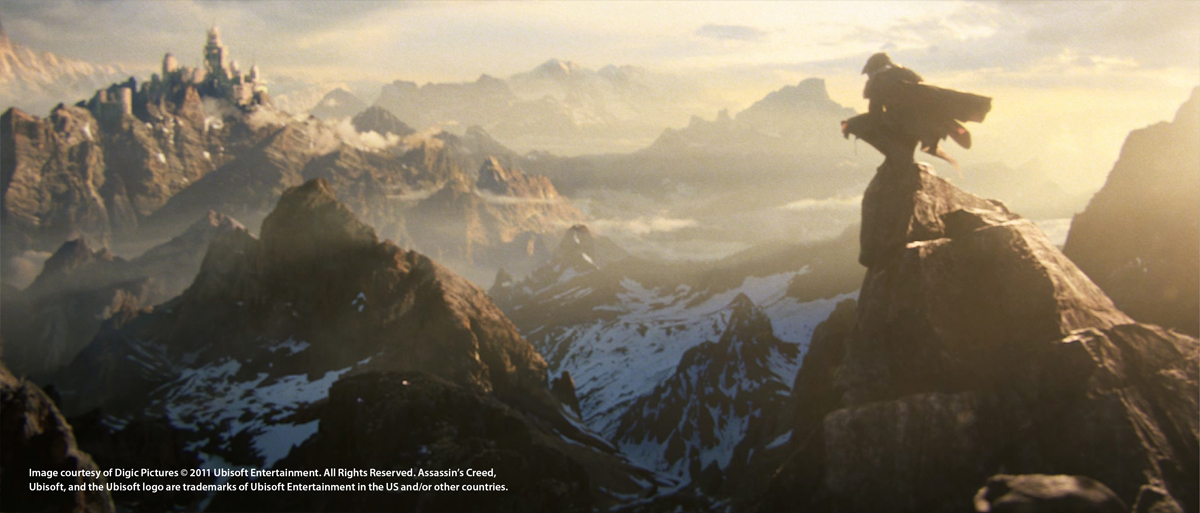
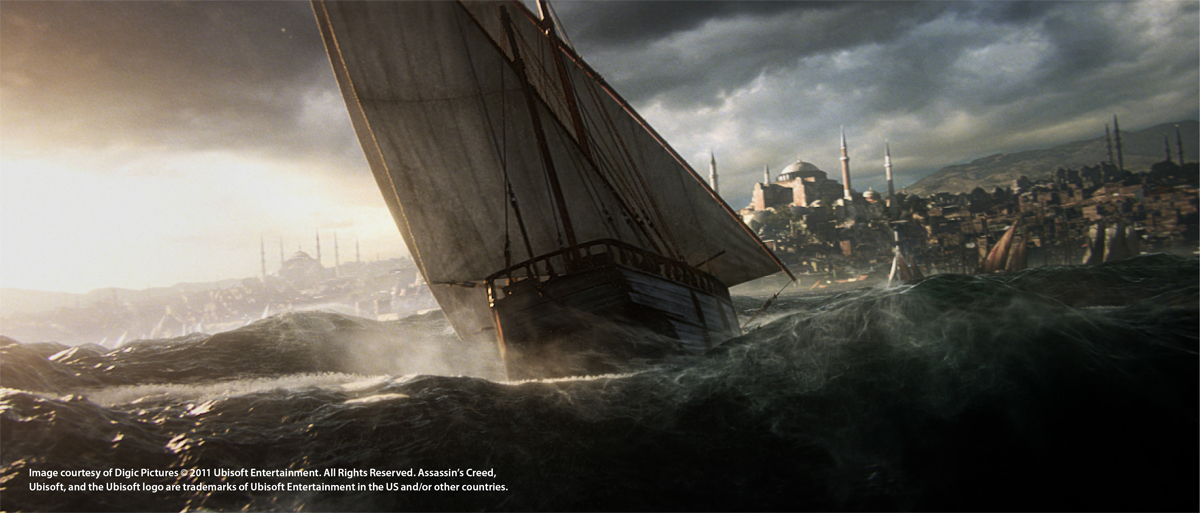

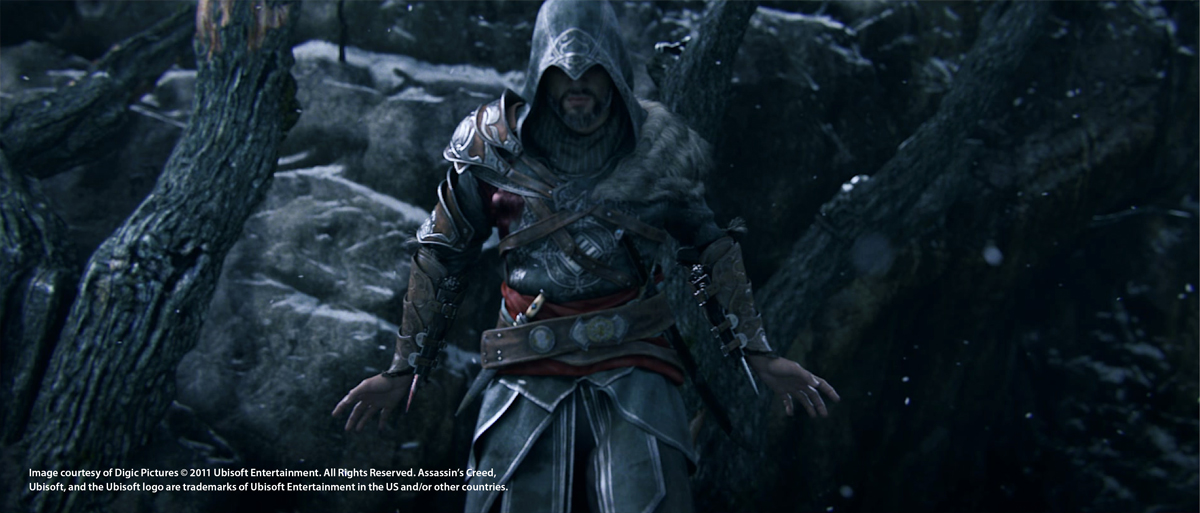
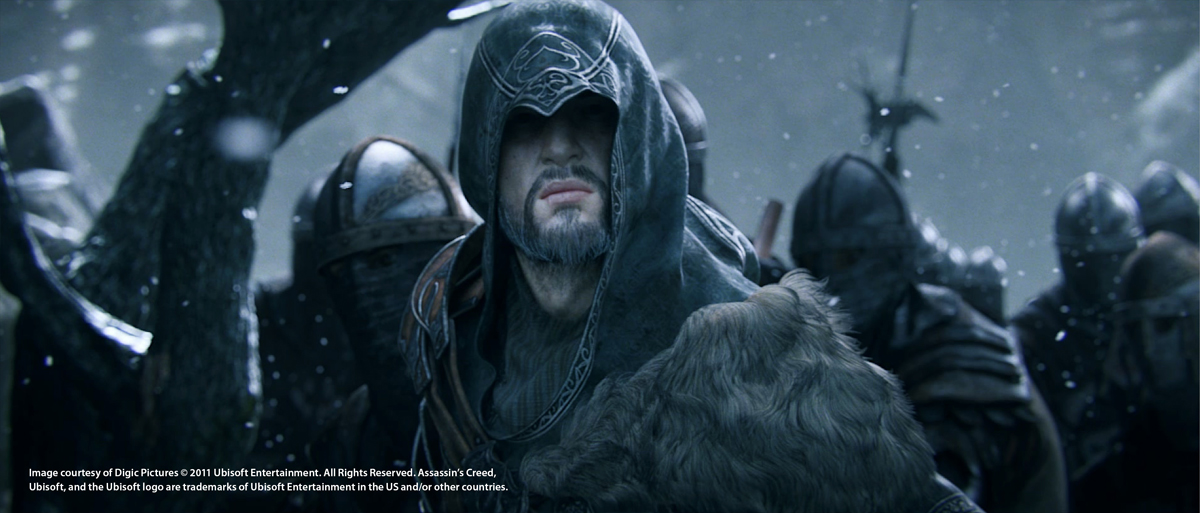
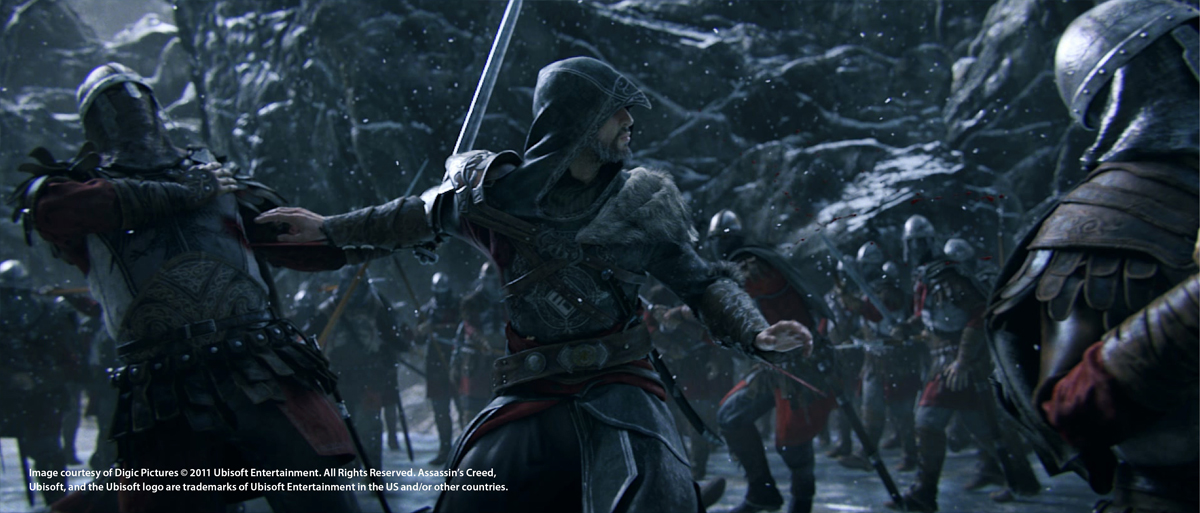
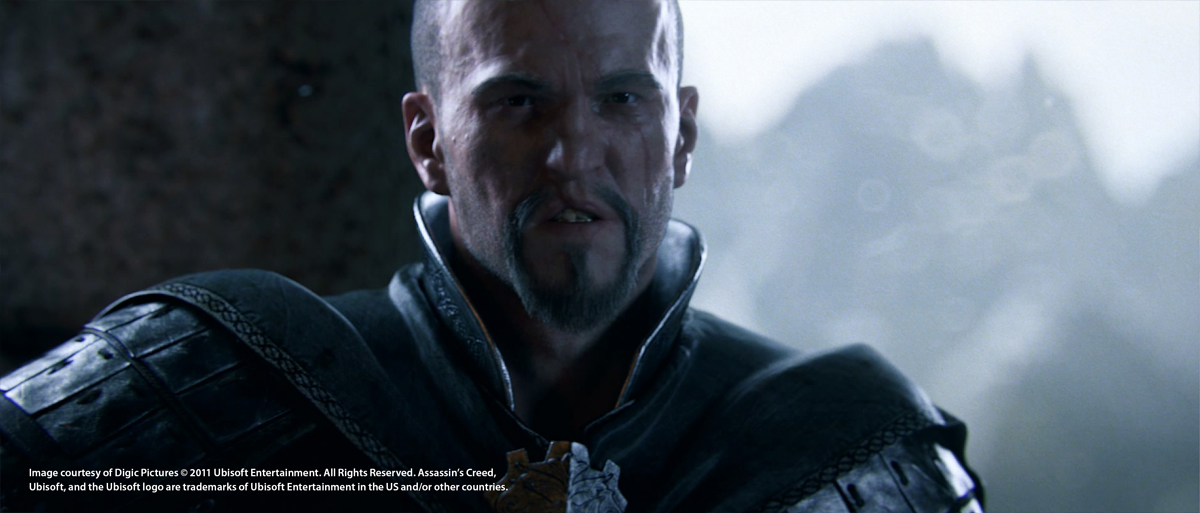
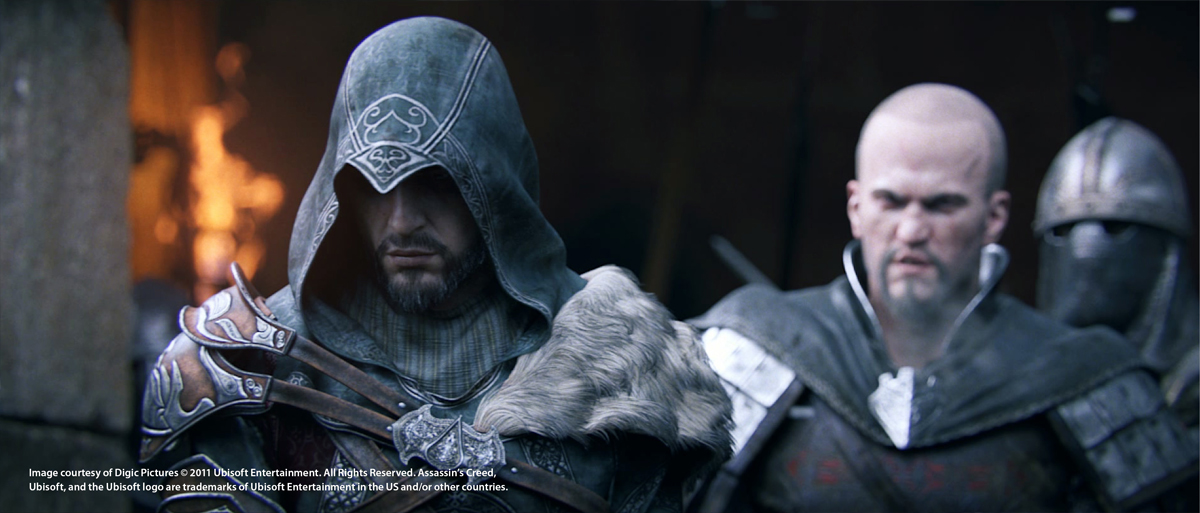

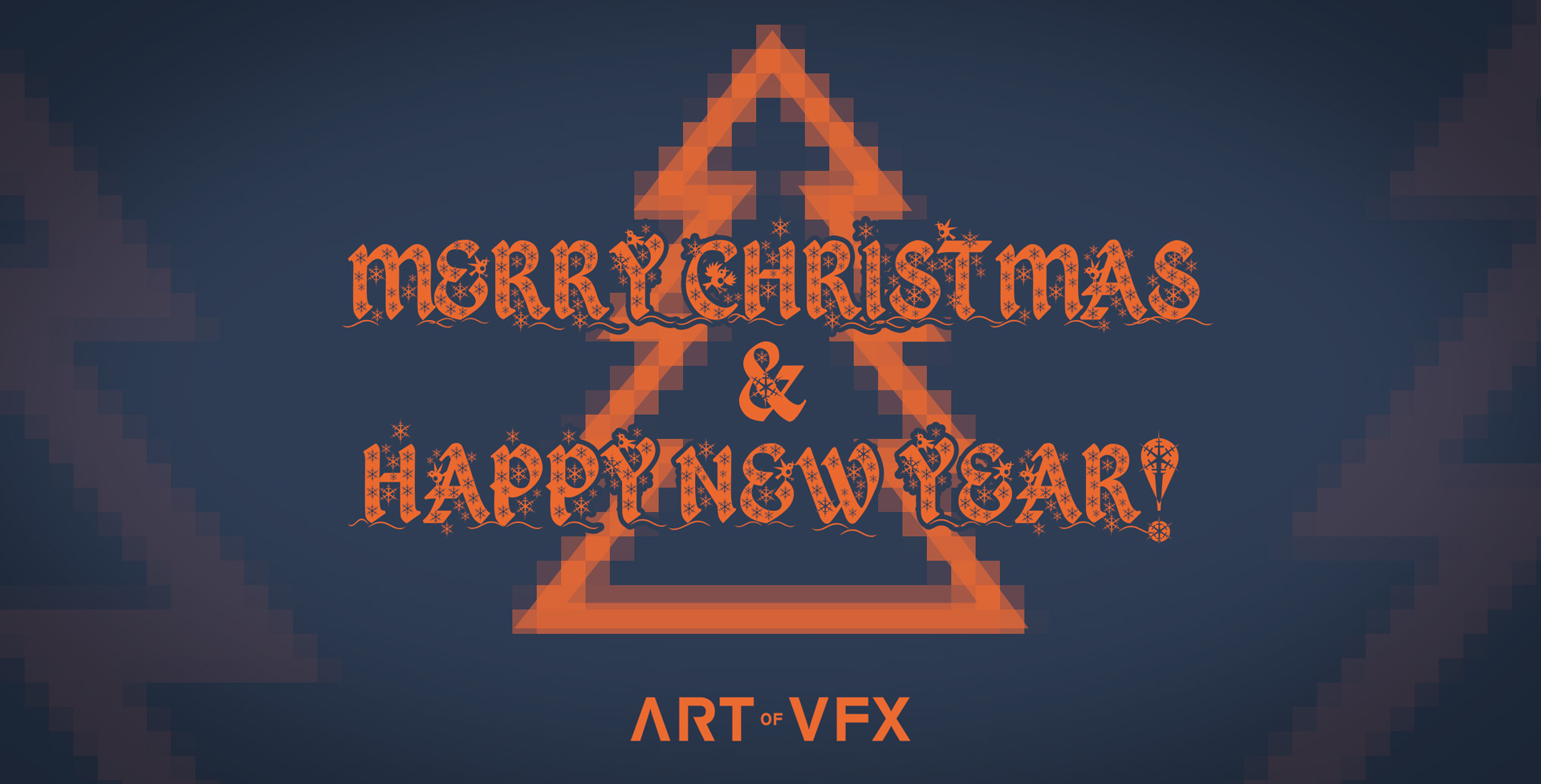
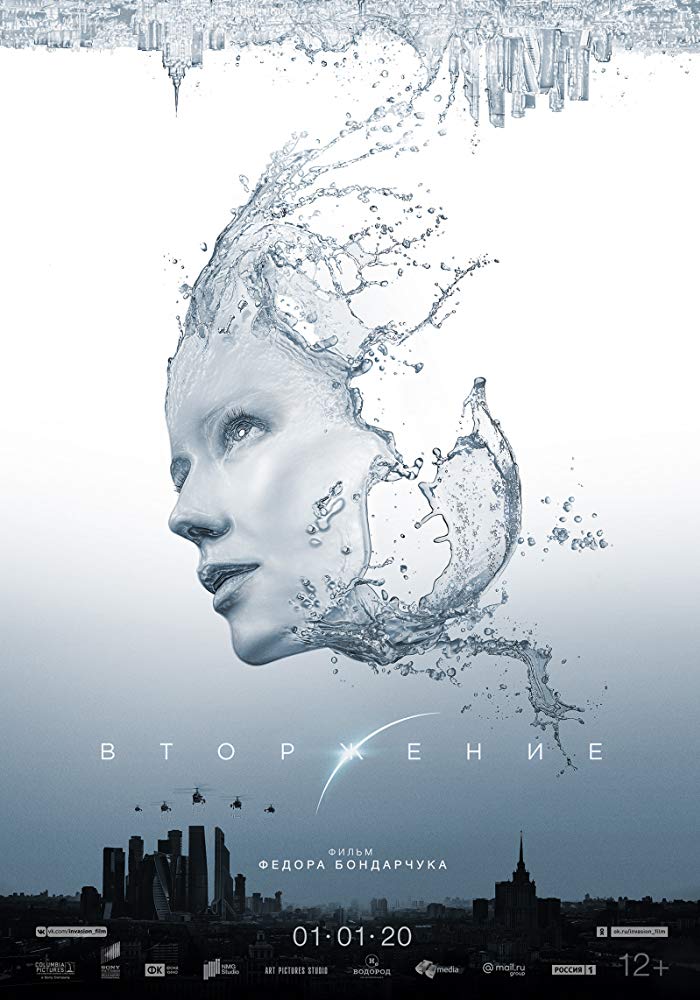

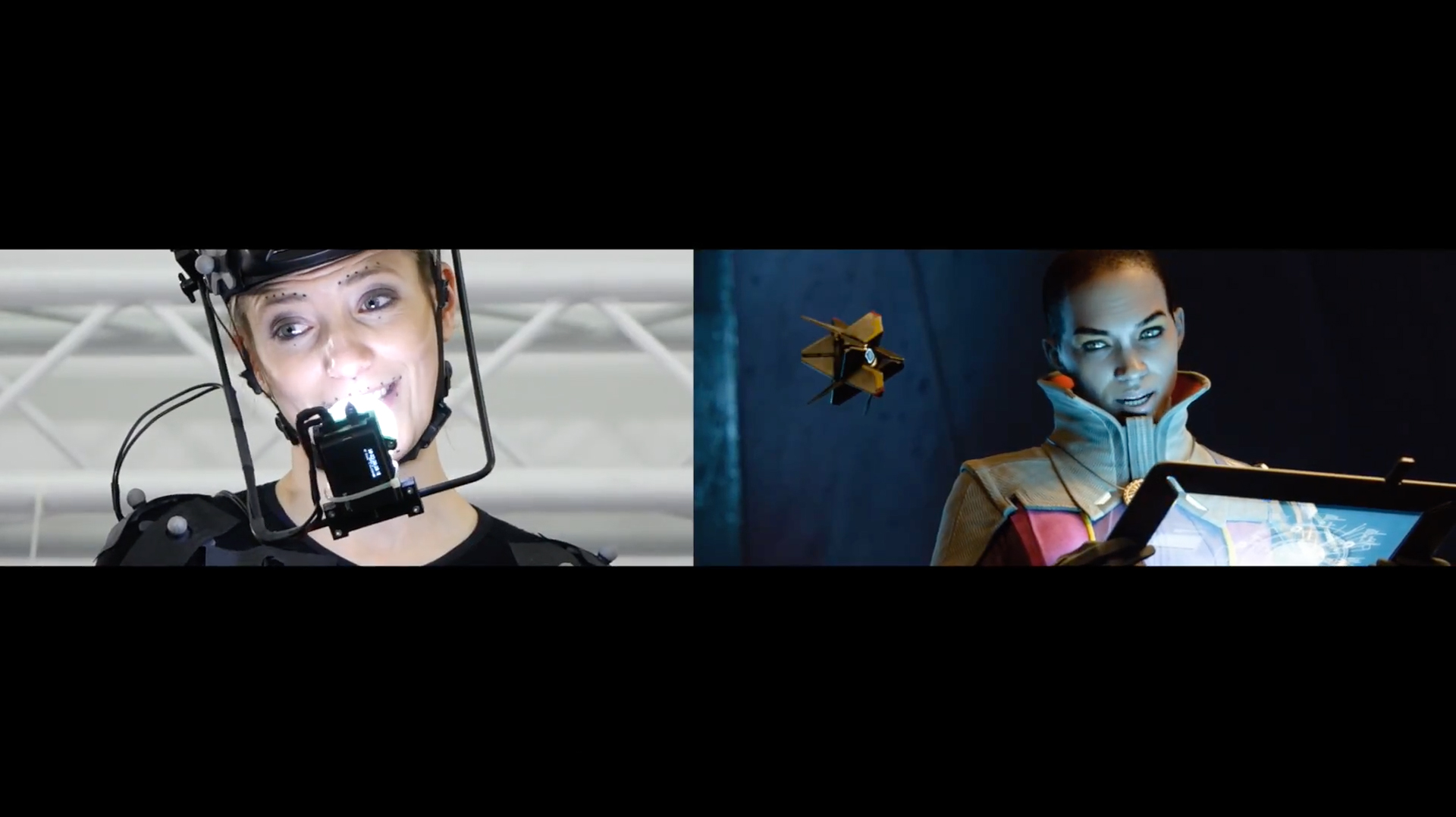
Impressive Trailer…
So who is the director of this one?
This is so STUNNINGG
Wonderful trailer and music to go with it. Watched it several times. I wish I saw it in a cinema screen. Game trailers these days are surpassing movie trailers
MAN.. ! Well deserved best e3 trailer…
im in love with it…Love the way shots are framed…excellent compositions….from the CG all the way to the edit…Phenomenal.. !
Keep it up Digic..
Thanks for all your comments !
Here are some infos about the team:
director: Istvan Zorkoczy
art director: Peter Fendrik
VFX supervisor: Robert Kovacs
producer: Alex S. Rabb
Very very Cool Trailer
THHANKS.IT IS A VERY GOOD GAME.
really is beast game in the world